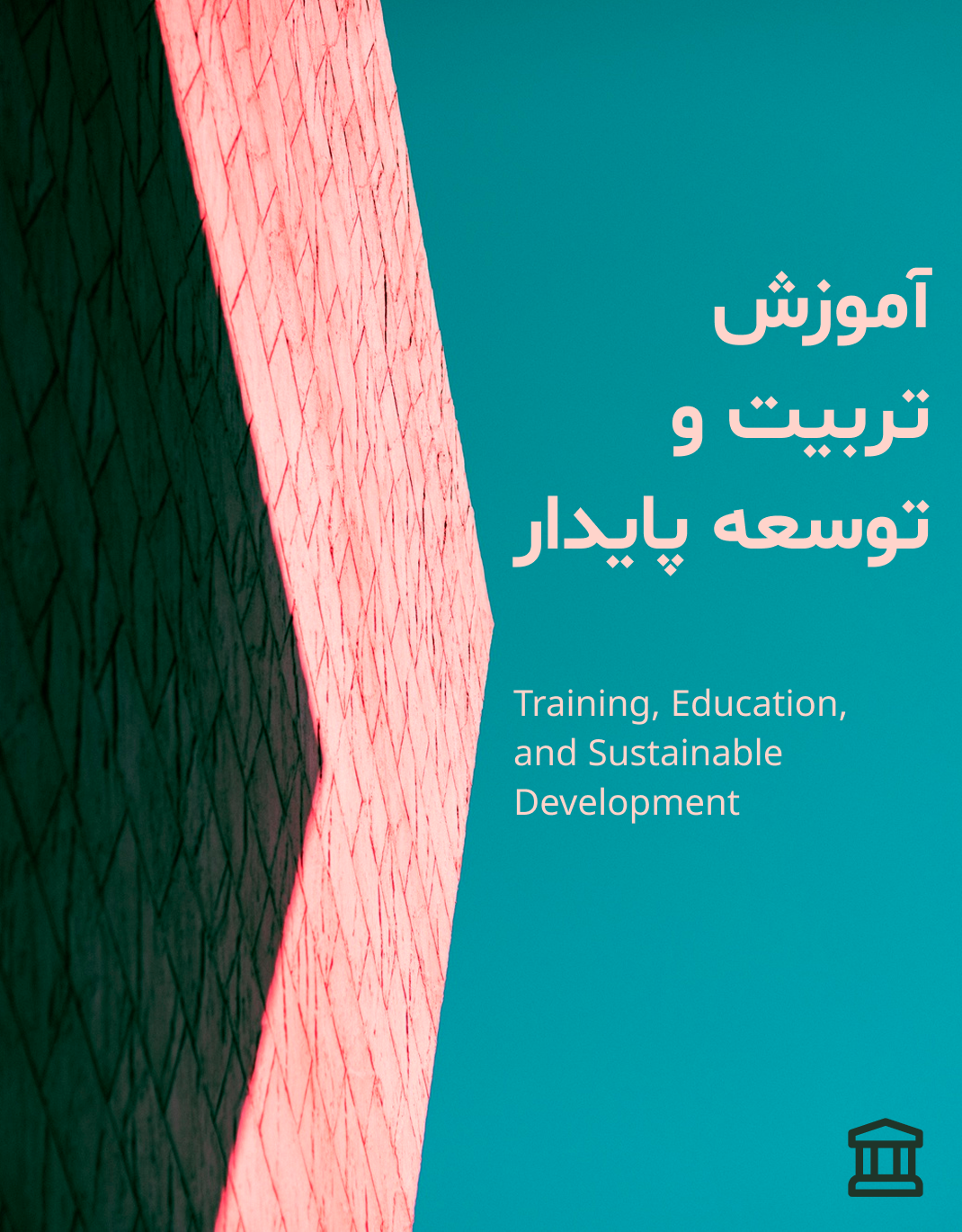واکاوی نقش مدرسه در شکلگیری مسئولیتپذیری اجتماعی در نوجوانان
کلمات کلیدی:
مدرسه, نوجوانان, مسئولیتپذیری اجتماعی, برنامه درسی پنهان, تعاملات مدرسهای, تربیت اخلاقیچکیده
هدف این پژوهش واکاوی نقش مدرسه در شکلگیری مسئولیتپذیری اجتماعی در میان نوجوانان بر اساس تجارب زیسته دانشآموزان و کارکنان مدارس است. این مطالعه با رویکرد کیفی و روش پدیدارشناسی تفسیری انجام شد. دادهها از طریق مصاحبههای نیمهساختاریافته با ۲۹ نفر از دانشآموزان، معلمان، مشاوران و مدیران مدارس شهر تهران گردآوری شد. مشارکتکنندگان به روش نمونهگیری هدفمند و با حداکثر تنوع انتخاب شدند. مصاحبهها تا رسیدن به اشباع نظری ادامه یافت و دادههای بهدستآمده با استفاده از تحلیل مضمون و به کمک نرمافزار NVivo 12 تحلیل شد. تحلیل دادهها به استخراج سه مقوله اصلی شامل «نقش تعاملات مدرسهای»، «برنامهها و فعالیتهای تربیتی و آموزشی» و «هویت اجتماعی و اخلاقی نوجوانان» انجامید. درون این مقولهها، مفاهیمی نظیر تأثیر رفتار معلمان، تعامل با همسالان، برنامه درسی پنهان، فعالیتهای مشارکتی، و رشد خودآگاهی و احساس تعلق به مدرسه، بهعنوان عوامل کلیدی در پرورش مسئولیتپذیری اجتماعی نوجوانان شناسایی شد. نتایج نشان داد که مدرسه بهعنوان یک نظام اجتماعی پویا، میتواند از طریق روابط انسانی، ساختارهای سازمانی، و تجارب آموزشی غیررسمی، نقش بسزایی در نهادینهسازی مسئولیتپذیری اجتماعی ایفا کند. تأکید بر عدالت، مشارکت، فضای گفتوگو و الگوسازی اخلاقی معلمان از جمله الزامات تحقق این هدف در محیط مدرسه است.
دانلودها
مراجع
Bandura, A. (1991). Social cognitive theory of moral thought and action. In W. M. Kurtines & J. L. Gewirtz (Eds.), Handbook of moral behavior and development (Vol. 1, pp. 45–103). Hillsdale, NJ: Erlbaum.
Battistich, V., Solomon, D., Watson, M., & Schaps, E. (1997). Caring school communities. Educational Psychologist, 32(3), 137–151. https://doi.org/10.1207/s15326985ep3203_1
Berkowitz, M. W., & Bier, M. C. (2005). What works in character education: A research-driven guide for educators. Character Education Partnership.
Bronfenbrenner, U. (1979). The ecology of human development: Experiments by nature and design. Cambridge, MA: Harvard University Press.
Erikson, E. H. (1968). Identity: Youth and crisis. New York: Norton.
Giroux, H. A., & Penna, A. N. (1983). Social education in the classroom: The dynamics of the hidden curriculum. Theory & Research in Social Education, 11(3), 21–39.
Jackson, P. W. (1968). Life in classrooms. New York: Holt, Rinehart and Winston.
Nucci, L., Narvaez, D., & Krettenauer, T. (Eds.). (2014). Handbook of moral and character education (2nd ed.). New York: Routledge.
Thornberg, R. (2008). School children’s reasoning about school rules. Research Papers in Education, 23(1), 37–52.
Wentzel, K. R. (1993). Social competence at school: Relation between social responsibility and academic achievement. Review of Educational Research, 63(1), 1–24.
Youniss, J., & Yates, M. (1997). Community service and social responsibility in youth. Chicago: University of Chicago Press.



